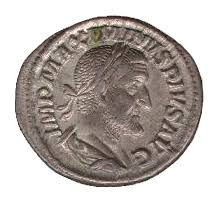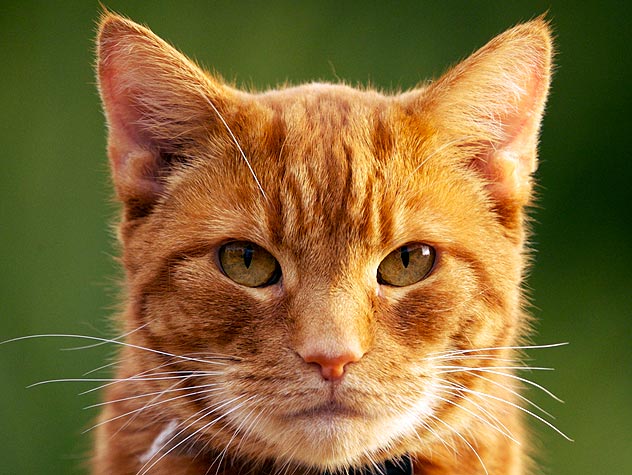Stamp: Wishing Well and Sixpence (United Kingdom of Great Britain & Northern Ireland 1991)
Wishing Well and Sixpence (United Kingdom of Great Britain & Northern Ireland 1991)
05 February (United Kingdom of Great Britain & Northern Ireland ) within release Greeting Stamps - Symbols of luck goes into circulation Stamp Wishing Well and Sixpence face value 1st Class No Face Value
| Stamp Wishing Well and Sixpence in catalogues | |
|---|---|
| Michel: | Mi:GB 1319 |
| Yvert et Tellier: | Yt:GB 1525 |
| Stanley Gibbons: | Sg:GB 1545 |
| AFA number: | AFA:GB 1458 |
Stamp is horizontal format.
Was only issued in booklets, together with the other 9 stamps in the series.Also in the issue Greeting Stamps - Symbols of luck:
- Stamp - Thrush's Nest face value 1st Class;
- Stamp - Shooting Star and Rainbow face value 1st Class;
- Stamp - Magpies and Charm Bracelet face value 1st Class;
- Stamp - Black Cat face value 1st Class;
- Stamp - Common Kingfisher with Key face value 1st Class;
- Stamp - Mallard and Frog face value 1st Class;
- Stamp - Four-leaf Clover in Boot and Match Box face value 1st Class;
- Stamp - Pot of Gold and Rainbow face value 1st Class;
- Stamp - Heart-shaped Butterflies face value 1st Class;
- Stamp - Wishing Well and Sixpence face value 1st Class;
Stamp Wishing Well and Sixpence it reflects the thematic directions:
Mammals are any vertebrates within the class Mammalia (/məˈmeɪli.ə/ from Latin mamma "breast"), a clade of endothermic amniotes distinguished from reptiles (including birds) by the possession of a neocortex (a region of the brain), hair, three middle ear bones and mammary glands. All female mammals nurse their young with milk, secreted from the mammary glands. Mammals include the largest animals on the planet, the great whales. The basic body type is a terrestrial quadruped, but some mammals are adapted for life at sea, in the air, in trees, underground or on two legs. The largest group of mammals, the placentals, have a placenta, which enables the feeding of the fetus during gestation. Mammals range in size from the 30–40 mm (1.2–1.6 in) bumblebee bat to the 30-meter (98 ft) blue whale. With the exception of the five species of monotreme (egg-laying mammals), all modern mammals give birth to live young. Most mammals, including the six most species-rich orders, belong to the placental group. The largest orders are the rodents, bats and Soricomorpha (shrews and allies). The next three biggest orders, depending on the biological classification scheme used, are the Primates (apes and monkeys), the Cetartiodactyla (whales and even-toed ungulates), and the Carnivora (cats, dogs, seals, and allies).
Finance is the study and discipline of money, currency and capital assets. It is related to but distinct from economics, which is the study of the production, distribution, and consumption of goods and services.Based on the scope of financial activities in financial systems, the discipline can be divided into personal, corporate, and public finance.
A coin is a small object, usually round and flat, used primarily as a medium of exchange or legal tender. They are standardized in weight, and produced in large quantities at a mint in order to facilitate trade. They are most often issued by a government. Coins often have images, numerals, or text on them. The faces of coins or medals are sometimes called the obverse and the reverse, referring to the front and back sides, respectively. The obverse of a coin is commonly called heads, because it often depicts the head of a prominent person, and the reverse is known as tails.
Numismatics is the study or collection of currency, including coins, tokens, paper money, medals and related objects.
The domestic cat (Latin: Felis catus) is a small, typically furry, carnivorous mammal. They are often called house cats when kept as indoor pets or simply cats when there is no need to distinguish them from other felids and felines. Cats are often valued by humans for companionship and for their ability to hunt vermin. There are more than 70 cat breeds, though different associations proclaim different numbers according to their standards.
Cats are similar in anatomy to the other felids, with a strong flexible body, quick reflexes, sharp retractable claws, and teeth adapted to killing small prey. Cat senses fit a crepuscular and predatory ecological niche. Cats can hear sounds too faint or too high in frequency for human ears, such as those made by mice and other small animals. They can see in near darkness. Like most other mammals, cats have poorer color vision and a better sense of smell than humans. Cats, despite being solitary hunters, are a social species and cat communication includes the use of a variety of vocalizations (mewing, purring, trilling, hissing, growling, and grunting), as well as cat pheromones and types of cat-specific body language.
Animals are multicellular, eukaryotic organisms of the kingdom Animalia (also called Metazoa). All animals are motile, meaning they can move spontaneously and independently, at some point in their lives. Their body plan eventually becomes fixed as they develop, although some undergo a process of metamorphosis later on in their lives. All animals are heterotrophs: they must ingest other organisms or their products for sustenance.






